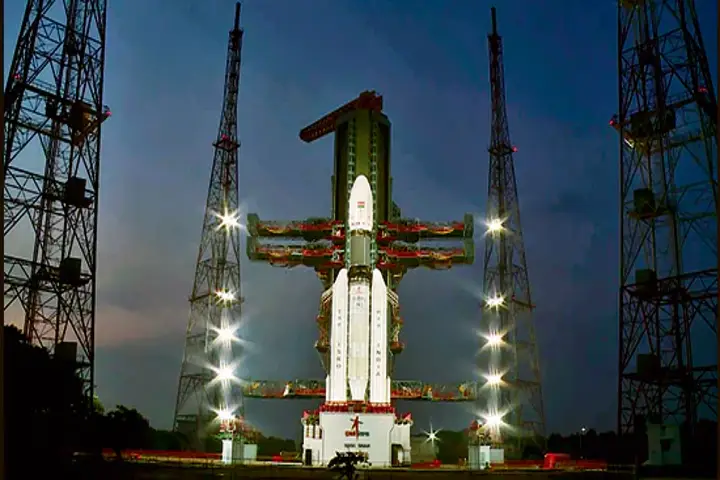

The Indian Space Research Organisation (ISRO) will launch Earth Observation Satellite - Oceansat and eight other customer satellites on a PSLV-C54 rocket from the spaceport at Sriharikota today
The Indian Space Research Organisation (ISRO) will launch Earth Observation Satellite – Oceansat and eight other customer satellites on a PSLV-C54 rocket from the spaceport at Sriharikota today.
The 56th flight of the Polar Satellite Launch Vehicle (PSLV), in its extended version (PSLV-XL), is scheduled to lift-off at 11:56 am.
The primary payload of the rocket is an Oceansat which would be separated in orbit-1 while the eight other nano-satellites would be placed in different orbits as required by the customers.
Apart from the primary payload, nine satellites will ride piggy-back on the 44.4-metre high PSLV-C54 which has a lift-off mass of 321 tonne. It is also the 24th flight of the PSLV-XL version.
The mission would be one of the longest ones undertaken by the ISRO scientists who would engage the rocket to change orbits using two-orbit change thrusters (OCTs). The separation of the Earth Observation Satellite is expected to take place in orbit-1 while the passenger payloads would be separated in Orbit-2.
The Earth Observation Satellite is expected to be placed after reaching an altitude of about 742 km about 20 minutes after lift-off.
After the primary satellite separation, the vehicle would be lowered to reach an altitude of 516 km for placing of the first passenger satellite. The last payload separation is expected to take place at an altitude of 528 km, ISRO said.
The Earth Observation Satellite-6 is the third-generation satellite in the Oceansat series. This is to provide continuity services of Oceansat-2 spacecraft with enhanced payload specifications as well as application areas. The objective of the mission is to ensure data continuity of ocean colour and wind vector data to sustain the operational applications.
The customer payloads include ISRO Nano Satellite-2 for Bhutan (INS-2B) which would have two payloads namely NanoMx and APRS-Digipeater. NanoMx is a multispectral optical imaging payload developed by Space Applications Centre while APRS-Digipeater payload is jointly developed by Department of Information Technology and Telecom, Bhutan, and U R Rao Satellite Centre, Bengaluru.
The ‘Anand’ satellite developed by Pixxel is meant to demonstrate the capabilities and commercial applications of miniature earth observation cameras using a micro-satellite in low earth orbit.
The ‘Thybolt’ (two satellites) is from another space start-up Dhruva Space while Astrocast is a technology demonstrator satellite for the internet of things as the payload from Spaceflight, the United States of America.
Taiwan's Armed Forces staged a powerful demonstration of military readiness on Saturday, simulating a Chinese…
In a significant milestone for global healthcare innovation, the World Health Organization (WHO) has released…
The Balochistan Liberation Front (BLF) has claimed responsibility for a sweeping wave of armed assaults…
Union Minister of State for External Affairs Pabitra Margherita reaffirmed the "strong and enduring bonds…
Prime Minister Narendra Modi on Saturday distributed over 51,000 appointment letters to newly appointed youth…
Union Health Minister and BJP National President JP Nadda engaged with the Chairman of the…